Some of the links in this post may be affiliate links.
Many indoor palm plants can be very tricky to grow indoors. I’m always an advocate of growing plants that suit your conditions. Which is why Chamaedorea elegans, or the Neathe bella palm, is the only indoor palm that I will grow! Keep reading to find out why!

There are so many different kinds of indoor palms, many of which I haven’t grown. But I’ve grown enough to know that the Chamaedora elegans, or Parlor Palm, is by far the easiest one that you can grow!
Why make your life more difficult? Many indoor palm plants just don’t do well inside of the home. Sure they look great in the greenhouse or nursery and they can even be very cheap, and tempting to buy.
But many are awful indoor houseplants. Crispy brown leaf tips, dying palm fronds, etc.
So stick with Chamaedorea elegans! And let me tell you how to care for it so keep reading!
Table of Contents
Parlor Palm Care
LIGHT
One of the reasons this makes such a wonderful indoor plant is that it is tolerant of low light. I’ve actually even grown this plant in a windowless office before.
It definitely is one of the plants that can take this type of treatment! Keep in mind though, I did have overhead lighting on. No plant can grow in the dark!
Although these will tolerate very low light, you will achieve the best growth if you do give your parlor palm brighter light. I have a specimen parlor palm that I’ve grown for several years and it has grown into quite a beautiful plant.
I have my oldest Chamaedorea elegans, growing in an Eastern exposure window. It receives some morning sun, and then bright indirect light for the rest of the day.
This palm will not do well if it receives sun all day, but 2-4 hours or so of direct sun indoors is perfectly fine, especially if it is gentler morning sun.
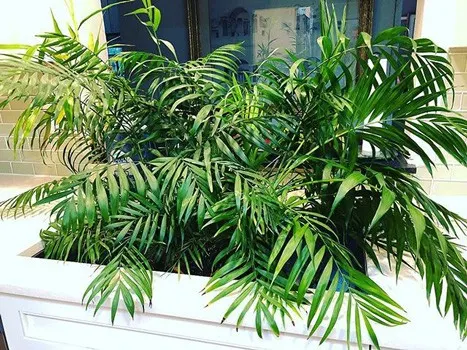
I have a couple other parlor palms that I have growing in a large bathroom and they are a few feet away from an Eastern exposure window, and they also do well.
This is a very versatile plant as far as growing locations indoors. Just be careful not to give them too much direct sun.
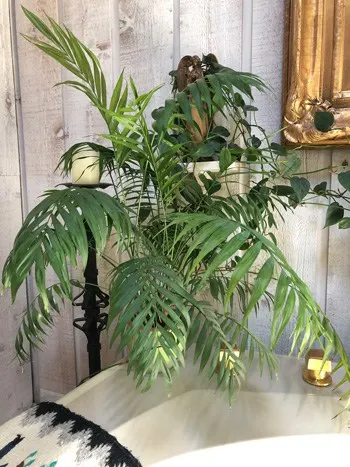
Northern exposure windows are perfect for these plants, as are Eastern windows. I would be careful with Western or Southern windows. You may want to diffuse excessive direct sun from the latter two exposure windows if applicable.
REPOTTING
Keep in mind that parlor palms, like many palms, are fairly shallow rooted. Try and avoid using extra deep pots when you do repot.
As far as potting mixes go, I do like to use a very well-draining potting mix for parlor palm and you can get everything easily on Amazon.
I normally use a potting mix formulated for palms and citrus. I have gotten great results with this potting mix.
You can also use a good quality all-purpose houseplant potting mix and add some coarse sand and either larger sized perlite, or even better, pumice. This will give you excellent drainage that parlor palms love.
There are prons and conus to using perlite vs pumice to any packaged potting mix, so just choose your personal favorite. Your plants will love you for it.
It’s always fun to come up with your own custom mixes, and in the end, you need to do what works well for YOU!
WATERING
Palms in general require excellent drainage, so it is imperative that your parlor palm never sits in water. As I would recommend for ANY houseplant, your parlor palm pot should always have a drainage hole.
I like to let the top inch or two of my parlor palm soil, depending on the size of the pot, dry out before I water again. Then go ahead and thoroughly water the entire potting medium and let the excess drain away.
Discard any excess water that collects in any trays that you may have under the pot.
Many times, I even take my plants to the sink so I don’t make a mess.
At the same time, palms also hate to have their soil completely dry out, especially for extended periods of time. If you do this, you may experience dry, brown tips on the fronds, and your lower fronds may turn yellow and eventually turn completely brown.
FERTILIZING
I like to fertilize my parlor palm at a diluted strength with every watering. This is the technique that I prefer using for all my houseplants. This way I don’t have to remember when I last fertilized!
I will fertilize with a good, balanced all-purpose fertilizer during the main growing season. Roughly, from February or March up until October or so.
I withhold fertilizer during the darker months of the year where growth almost comes to a halt and the days are short.
Be sure to check out my fertilizing blog post so you can read about all my favorite fertilizers and how I fertilize my houseplants.
FLOWERS
Yes, parlor palms actually flower regularly indoors! This can be both a blessing and a curse though!
Once your plant is mature enough, you may be rewarded with a spray of yellow flowers. My specimen parlor palm often blooms for me several times throughout the year.
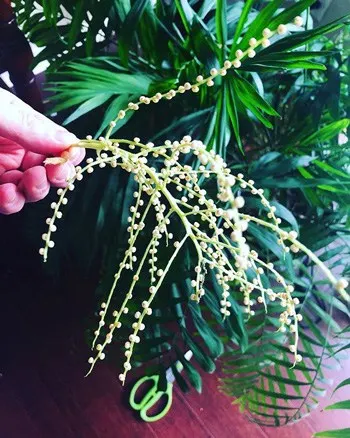
Although the sprays of flowers are pretty, the little yellow “balls” will often drop to the floor and cause a mess!
As a result, I will let them bloom for a bit, but once I notice some of the flowers start to drop, I will simply cut off the inflorescence spray to avoid a mess on my floors.
Keep in mind though that flowering will only occur if the plant has enough light. And the plant also must be mature enough before it flowers as well
PALM PESTS
Sometimes these plants are attacked by spider mites. Regularly cleaning your plant, either by regular misting or rinsing off in a sink or shower, will help keep these plants healthy and pest free.
For more details on how to safely deal with spider mites in case you find them on your Chamaedora elegans, or any other plant, be sure not to miss my blog post on spider mites.
I talk about 3 safe ways that you can use to eradicate spider mites. These plants are pretty pest-free, but they can be prone to spider mites in the winter months when the air is very dry.
HUMIDITY
One of the reasons that I prefer this plant over all the other indoor palm plants is that I really believe that it is the most tolerant of indoor conditions.
Sure, it’s great to have higher humidity for this palm, but most indoor conditions will work just fine!
I have some very strong opinions on how to increase humidity for houseplants, so be sure to click on that link to find out more!
That’s it folks! That’s everything you need to know to grow Parlor Palm. It is a delightful indoor palm and can live for a very long time with proper care!
Do you have any Parlor Palms? Comment below with any questions!

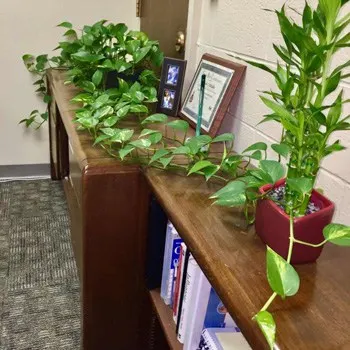
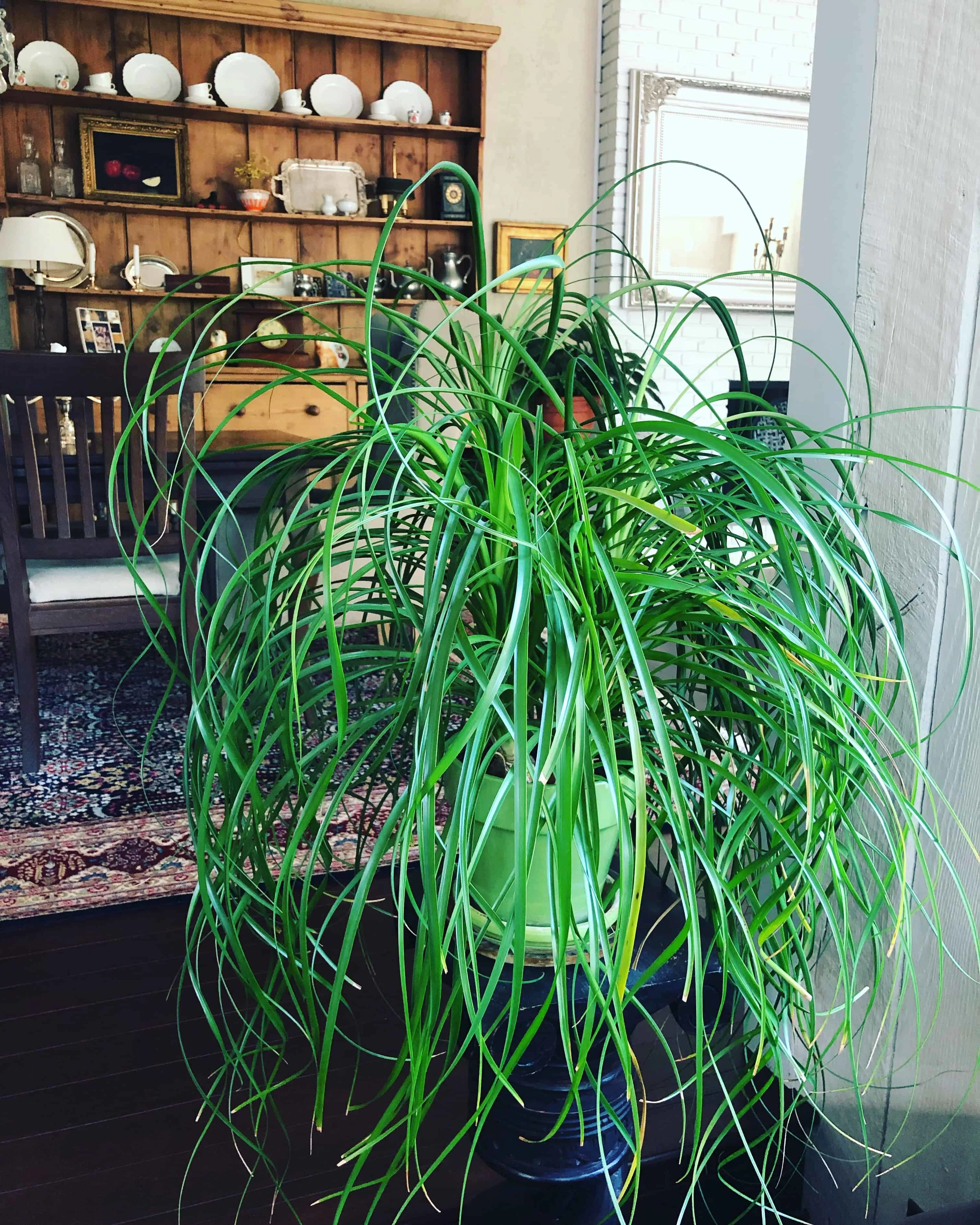
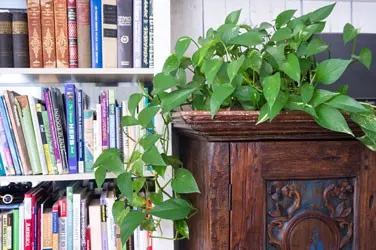
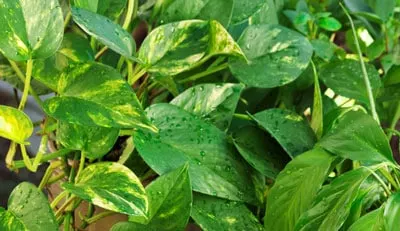
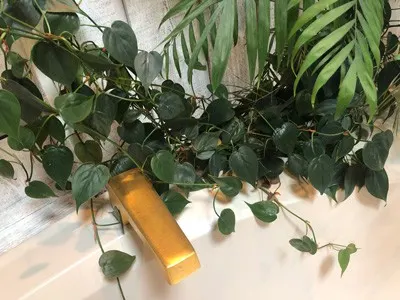
Arnie
Monday 17th of March 2025
Hello—I’m from San Diego and have two 2ft parlor palms about ten feet from a west-facing window. They also get fluorescent light ten hours day. Do you suggest a grow light? If so, what specs to you recommend?
Thanks.
Raffaele Di Lallo
Tuesday 18th of March 2025
Hi Arnie, have they been in that location for a while, and if so, are you happy with how they look? If you are, then you're totally fine! :-)
Veronica
Saturday 1st of February 2025
Are the little yellow balls from those “flowers” seeds? Can you plant these to grow additional palms?
Raffaele Di Lallo
Monday 3rd of February 2025
They would have to be pollinated first unfortunately. You wouldn't be able to just plant the yellow balls.
Mary Anne
Saturday 14th of September 2024
I have a mature parlor palm the blooms several ties and has new fronds so I know it’s growing…but how do I prevent/treat leaves that turn yellow- brown and crispy. They are usually th lowest on the stalk. Do I trim these off?
Raffaele Di Lallo
Monday 16th of September 2024
Hi Mary Anne! If the lower leaves turn yellow/brown, you can just cut them off. This will happen usually as the plant ages. But it can also be caused if the soil stays too dry for too long.
Tara
Saturday 17th of February 2024
Hi! This may be a more general question but I'm looking at my palm plant right now. What is your opinion on mixing leca into your potting mix instead of pumice or vermiculite? I have a big bag of it because I grow some of my orchids in it so it'd be convenient for me.
Raffaele Di Lallo
Sunday 18th of February 2024
I think that would be perfectly fine Tara! I've done that before myself for other plants. Go for it!
deepthy
Friday 8th of September 2023
thanks for all the tips. i am about to buy Parlor Palm Tree House Plant, i do have the miracle gro potting mix at home. The house plant i am going to buy is from Lowes, so i assume its already is potted with fertilizer. Pls correct me if i am wrong. The plant along with the pot itself says its 12 inch in total (Height at shipping is approximately 12-inches tall, measured from the bottom of the pot to the top of the plant ships in a 6-inch diameter decor pot). so I am assuming i use 1/4 tsp of liquid fertilizer to 1 cup of room temp water ? Is that how it works? pls can you clarify this for me?
Raffaele
Monday 11th of September 2023
It depends on the type of fertilizer that you use. I use Dyna-Gro Grow, and you can add 1/4 to 1/2 teaspoon per gallon of water if you want to use it at every watering. I would read whatever fertilizer label that you have and follow the instructions. And yes, you can assume that there is fertilizer already in the mix, but potted plants need frequent fertilizer for best results. Constant watering will leach out nutrients through the drainage holes, so it's important to include fertilization in your normal routine. I hope this helps!